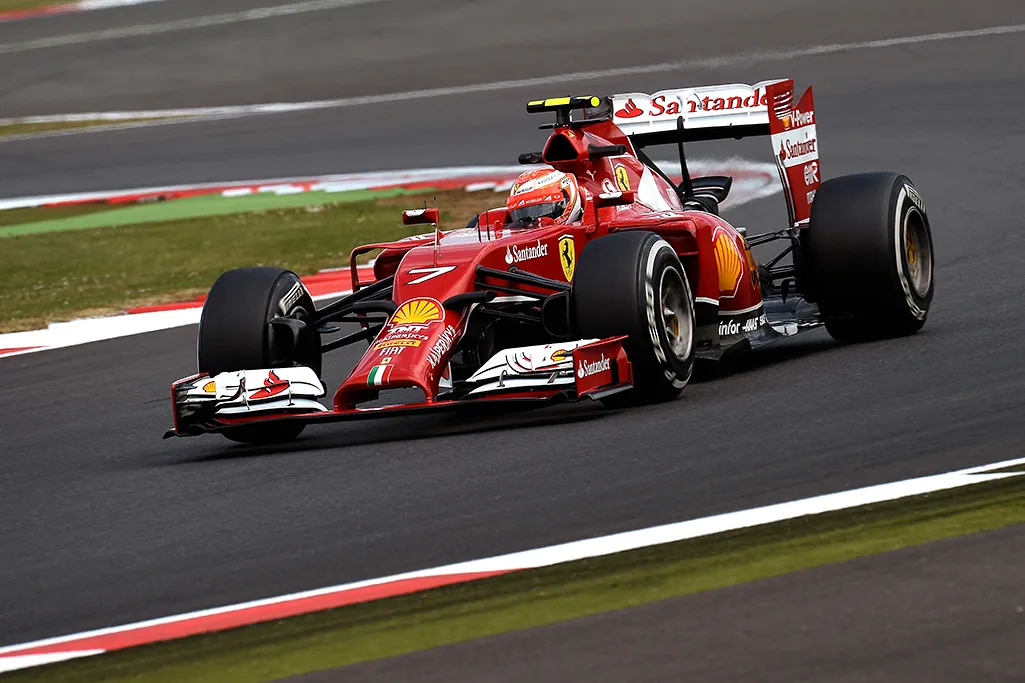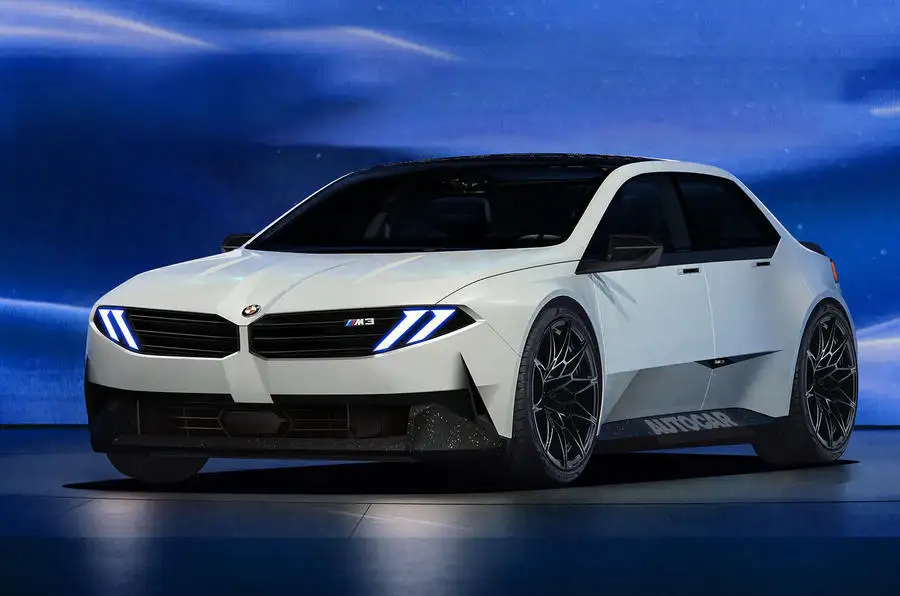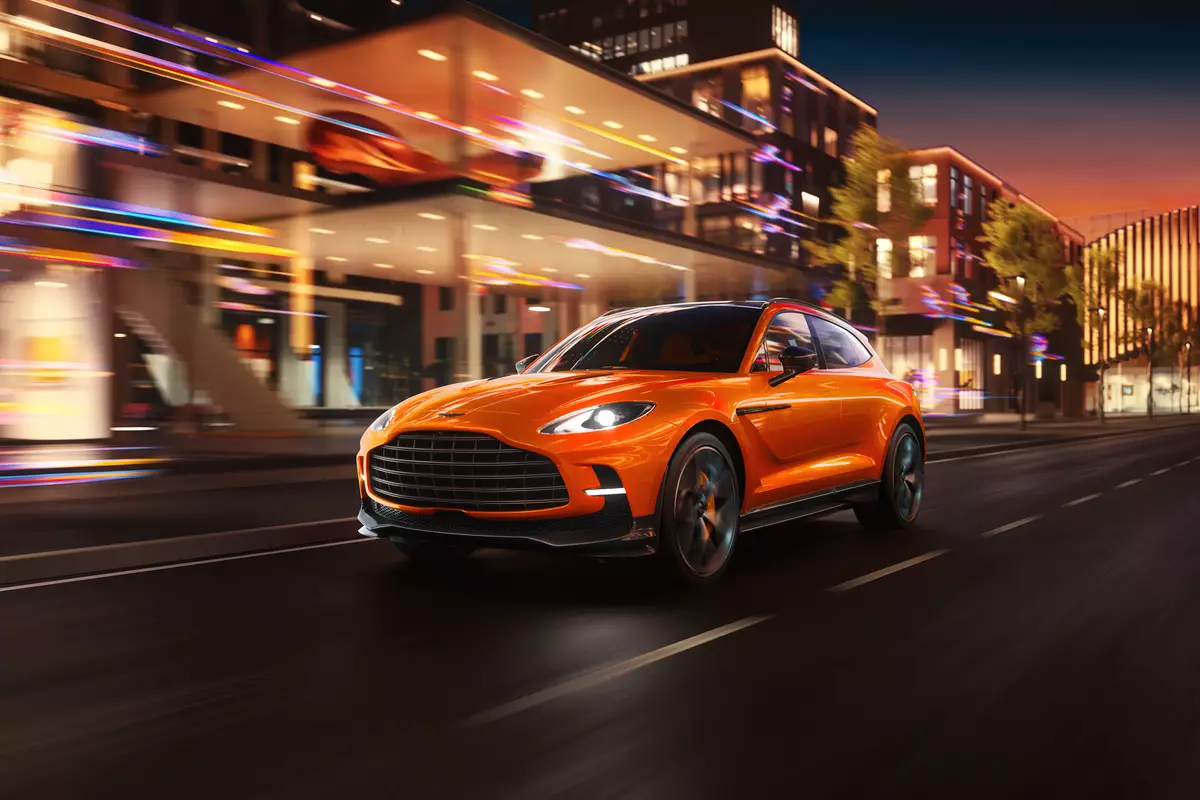Formula 1, the pinnacle of motorsport, continues to captivate audiences with its blend of cutting-edge technology, high-speed competition, and strategic depth. As we step into 2024, fans and teams alike are eager to see how the latest advancements and regulations will shape the cars and the races. This ultimate guide delves into everything you need to know about the Formula 1 cars of 2024.
Evolution of Formula 1 Cars

The journey of Formula 1 cars from their inception to the present day is a story of relentless innovation. Early F1 cars, with their simplistic designs and raw power, have evolved into highly sophisticated machines. Key milestones include the introduction of aerodynamic wings in the 1960s, turbocharged engines in the 1980s, and the hybrid power units that define the current era. Each decade has brought significant technological advancements that have pushed the limits of speed, safety, and efficiency.
Key Regulations for 2024
The 2024 season introduces several new regulations aimed at enhancing competitiveness and sustainability. One of the most significant changes is the refinement of aerodynamic rules to reduce turbulence and promote closer racing. Additionally, the cost cap has been adjusted to ensure a more level playing field among teams. These regulations influence car design, pushing engineers to innovate within the constraints to maximize performance.
Chassis and Aerodynamics
The chassis is the backbone of an F1 car, designed to be both strong and lightweight. For 2024, teams are focusing on refining the aerodynamics to achieve better downforce and reduce drag. Innovations include more efficient front and rear wings, and underbody designs that improve airflow. These aerodynamic enhancements not only boost speed but also improve handling, allowing drivers to navigate corners with greater precision.
Power Units and Hybrid Technology
Formula 1 cars are powered by hybrid units that combine a turbocharged V6 engine with an energy recovery system. In 2024, the emphasis on hybrid technology continues, with improvements in the efficiency and power output of these units. The energy recovery system (ERS) plays a crucial role, harvesting energy from braking and exhaust gases to provide additional power boosts during the race. This hybrid setup not only enhances performance but also aligns with F1’s commitment to sustainability.
Tires and Their Importance
Tires are a critical component of an F1 car, directly affecting grip, handling, and strategy. The 2024 season sees the continuation of the 18-inch tire format introduced in recent years, designed to offer better performance and aesthetics. Pirelli, the official tire supplier, provides a range of compounds that teams must strategically choose from, balancing durability and speed. Effective tire management can be the difference between winning and losing a race.
Safety Features

Safety in Formula 1 has come a long way, with stringent regulations and continuous innovations aimed at protecting drivers. Mandatory safety features for 2024 include the halo device, advanced crash structures, and high-tech fireproof clothing. The development of the virtual safety car system and improvements in barrier technology also contribute to making the sport safer. These measures ensure that while the sport remains thrilling, driver safety is paramount.
Telematics and Data Analysis
Modern F1 cars are equipped with advanced telemetry systems that collect vast amounts of data in real-time. Teams analyze this data to optimize car performance, strategy, and reliability. From engine parameters to tire temperatures, every detail is monitored and adjusted as needed. Real-time telemetry also allows for instant feedback during races, giving teams a critical edge in strategy execution.
Teams and Constructors to Watch
The 2024 season promises fierce competition among both established and emerging teams. Leading the pack are the perennial powerhouses like Mercedes, Red Bull, and Ferrari, each bringing their latest innovations to the grid. Newcomers and smaller teams are also expected to make their mark, thanks to the more equitable distribution of resources under the new cost cap regulations. Keeping an eye on these teams will provide insight into the evolving dynamics of the championship.
Drivers and Their Role in Car Development
Drivers are integral to the development of F1 cars. Their feedback on handling, balance, and performance is crucial for engineers to make necessary adjustments. Notable drivers in 2024, including reigning champions and rising stars, will be at the forefront of pushing their cars to the limit. Their skill and insight help translate technological advancements into on-track success.
Environmental Impact and Sustainability
Formula 1 is increasingly focusing on reducing its environmental footprint. The 2024 cars are designed with sustainability in mind, featuring more efficient hybrid power units and the use of sustainable materials. F1’s broader initiatives, such as carbon-neutral goals and the promotion of renewable energy, reflect a commitment to making the sport more environmentally friendly.
Fan Engagement and Technology
Technology is enhancing the way fans experience Formula 1. Innovations like virtual reality (VR) and augmented reality (AR) offer immersive experiences, bringing fans closer to the action than ever before. Live data feeds, interactive apps, and enhanced broadcasting techniques ensure that fans can follow the intricacies of the sport in real-time, deepening their engagement and enjoyment.
Comparing 2024 Cars to Previous Seasons

The 2024 cars differ significantly from their predecessors in several ways. Aerodynamic changes aimed at reducing dirty air and promoting closer racing are among the most noticeable. The hybrid power units have also seen improvements in efficiency and power delivery. These advancements, combined with the new regulations, are expected to enhance the overall competitiveness and spectacle of the sport.
The Future of Formula 1 Cars
Looking beyond 2024, Formula 1 is poised for further transformation. Emerging technologies such as advanced energy recovery systems, autonomous capabilities, and even more sustainable materials are on the horizon. Predictions for the next decade include continued emphasis on sustainability, with potential shifts towards fully electric or alternative fuel-powered cars, aligning with global trends in automotive innovation.
Conclusion
The Formula 1 cars of 2024 represent the pinnacle of automotive technology and innovation. From the advanced hybrid power units to the refined aerodynamics and safety features, every aspect is designed to push the boundaries of performance while maintaining a commitment to sustainability. As we look forward to an exciting season, these cars are a testament to the relentless pursuit of excellence that defines Formula 1.
FAQs
Q. What are the major changes in F1 cars for 2024?
Ans: The major changes include refined aerodynamic regulations to reduce turbulence and promote closer racing, improved hybrid power units, and a continued emphasis on sustainability.
Q. How do hybrid systems work in F1 cars?
Ans: Hybrid systems in F1 cars combine a turbocharged V6 engine with an energy recovery system (ERS) that harvests energy from braking and exhaust gases to provide additional power boosts during the race.
Q. Which team is expected to dominate in 2024?
Ans: While it’s hard to predict, established teams like Mercedes, Red Bull, and Ferrari are expected to be strong contenders. However, the new regulations could also level the playing field, allowing other teams to challenge for the top spots.
Q. What safety features are mandatory in F1 cars?
Ans: Mandatory safety features include the halo device, advanced crash structures, high-tech fireproof clothing, and the virtual safety car system. These features are designed to protect drivers during high-speed impacts.
Q. How does Formula 1 contribute to automotive innovation?
Ans: Formula 1 contributes to automotive innovation by developing and testing new technologies under extreme conditions. Many advancements in aerodynamics, hybrid power units, and safety features in consumer cars have their origins in F1 research and development.









